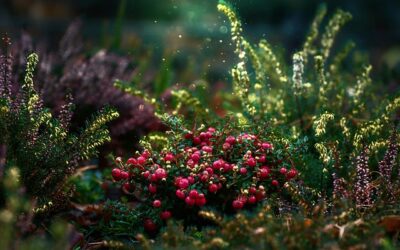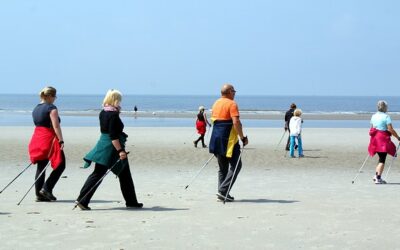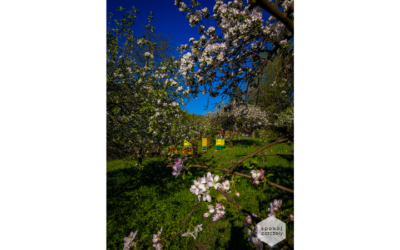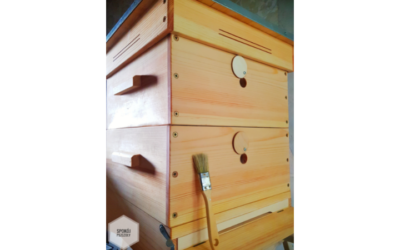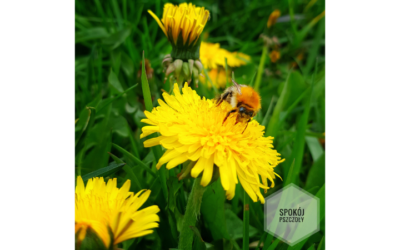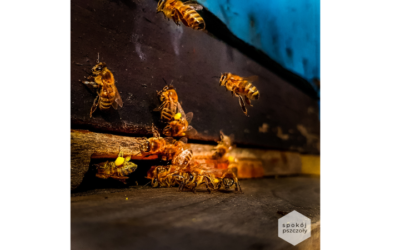Blog
Cranberry
Cranberry (Vaccinium sect. Oxycoccus) is an evergreen shrub growing in swamps and wetlands. The herbal and food raw material is its fruit - multi-seed berries. The fruit is harvested in the fall - from mid-September to the beginning of...
read moreNutritional education and shaping healthy eating habits in children
Nutrition plays a special role from an early age. A properly balanced diet provides all the necessary nutrients, ensuring the harmonious growth and development of the young organism. Nutritional education for children is a long-term...
read moreHEALTHY LIFESTYLE ? Nordic Walking
In our cycle about a healthy lifestyle, we have already described the advantages of walking (read more here). Regular walks can have a positive effect on your health and your well-being, but you can achieve even more benefits by walking...
read moreKidney stone disease
What is kidney stone disease? Nephrolithiasis, also known as urolithiasis, is a disease in which the kidney or the urinary tract (calyxes, pelvis and ureter) contain deposits, resulting from the precipitation of chemicals in the urine,...
read moreBees in the orchard – LABOR hive
Our bees live in an orchard surrounded by a fir forest. The orchard is home to many old apple, pear, plum and cherry varieties. The spring nectar source is provided by maples, and the fall by the fall, which, in good weather, will help to...
read moreBees in the garden
Today, another curiosity from the bee garden! Spring is the time when a huge number of flowers and trees bloom. Due to the variety of the "flower menu" at this time of the year, bees can provide young generations with a proper diet, rich...
read moreBee surprise
We have been preparing a surprise for you for a long time. Hence our entire bee cycle! Today we are revealing the secret so that you can see what is being prepared for all of us in a friendly beekeeping studio. We can reveal that this...
read moreFlowers are food for bees
For bees and other pollinators, spring offers a huge amount of colourful flowers to visit. In addition to being beautiful, they also provide pollen and nectar as food for insects to thrive and live in good health. The gardening season...
read moreInteresting fact about bees
Today in the bee series a curiosity! Did you know that before a bee returns to the hive with pollen supplies, it will often visit over 1,000 plants. During a single field trip, this insect can collect and transfer to the hive an amount of...
read more



